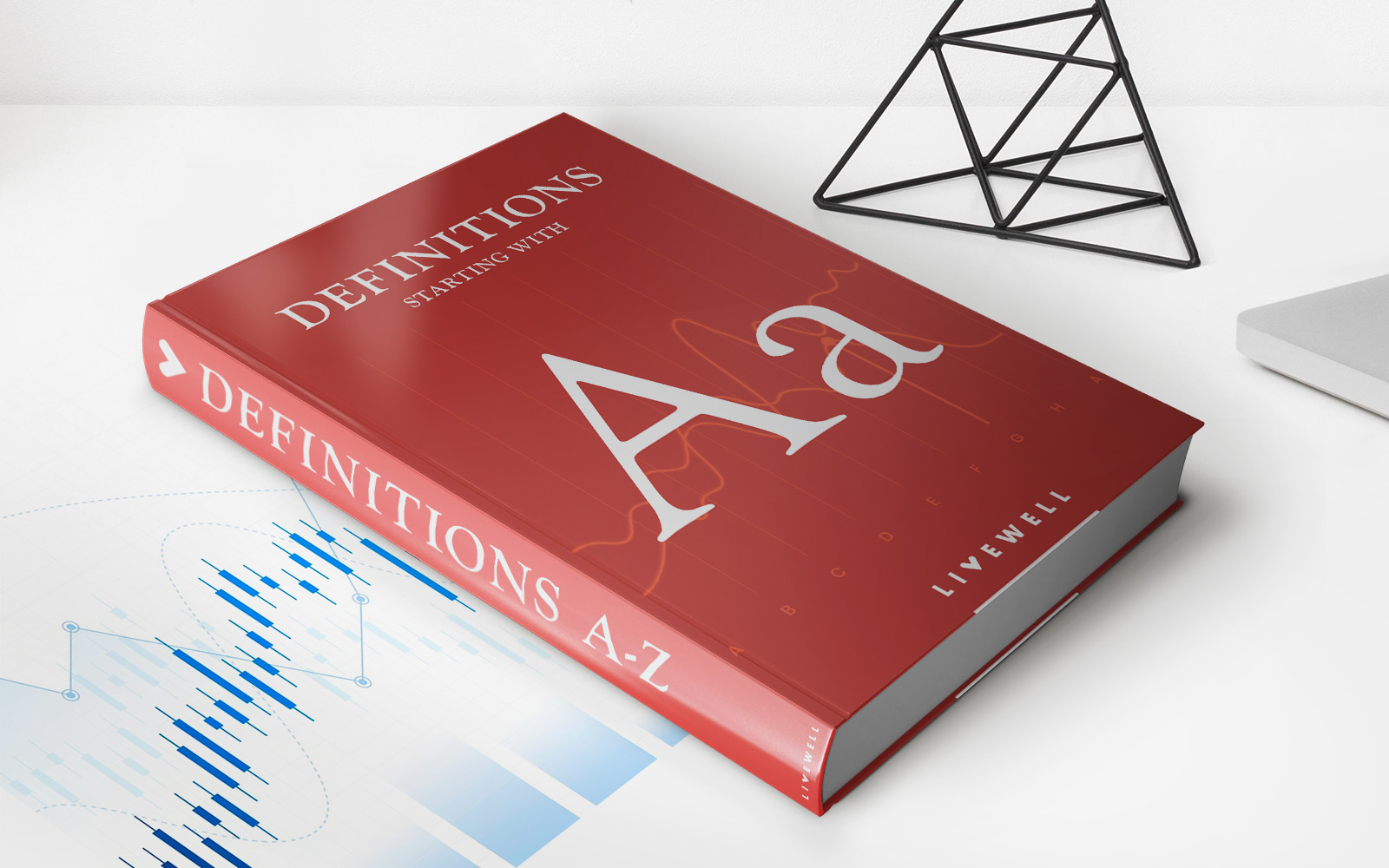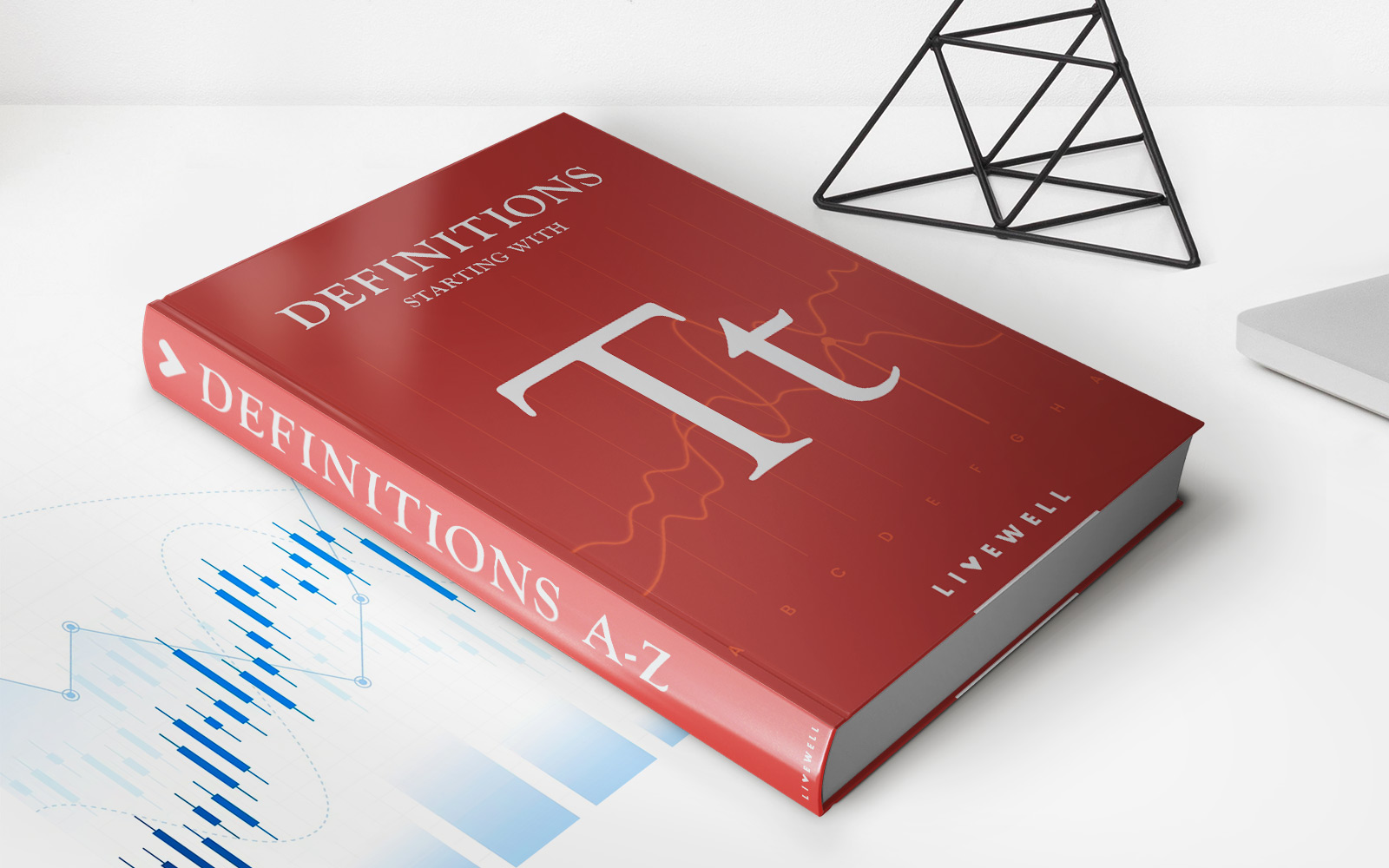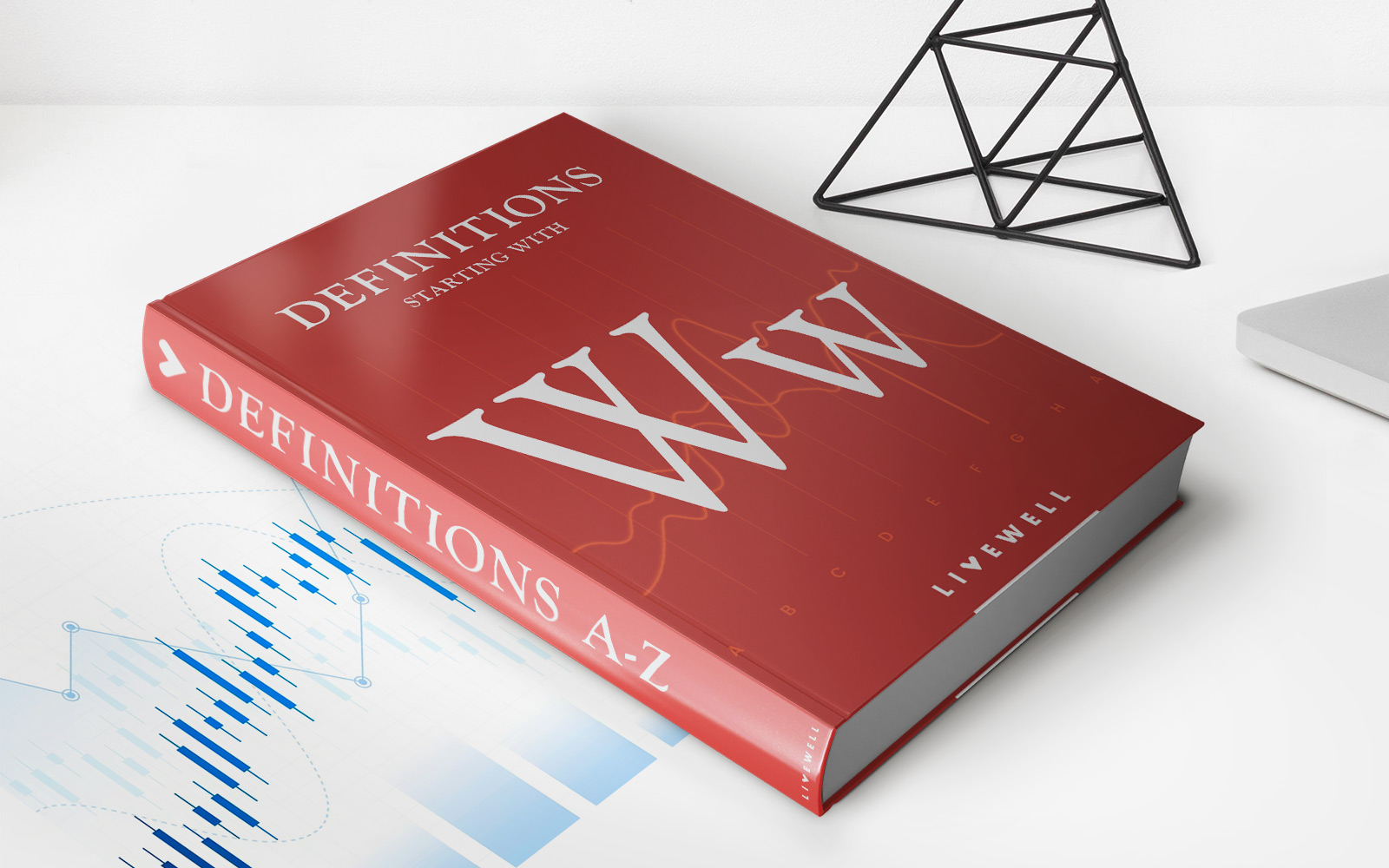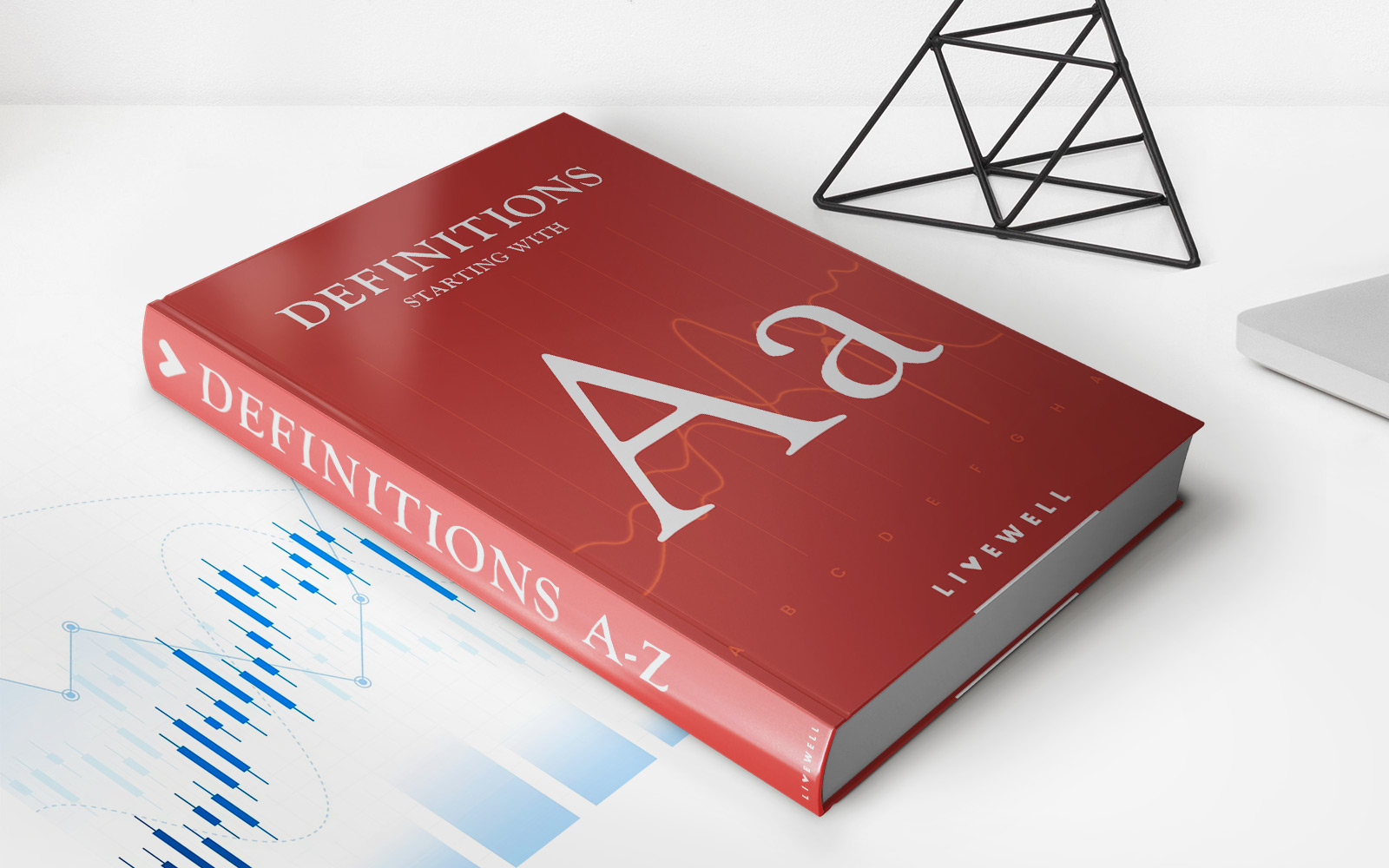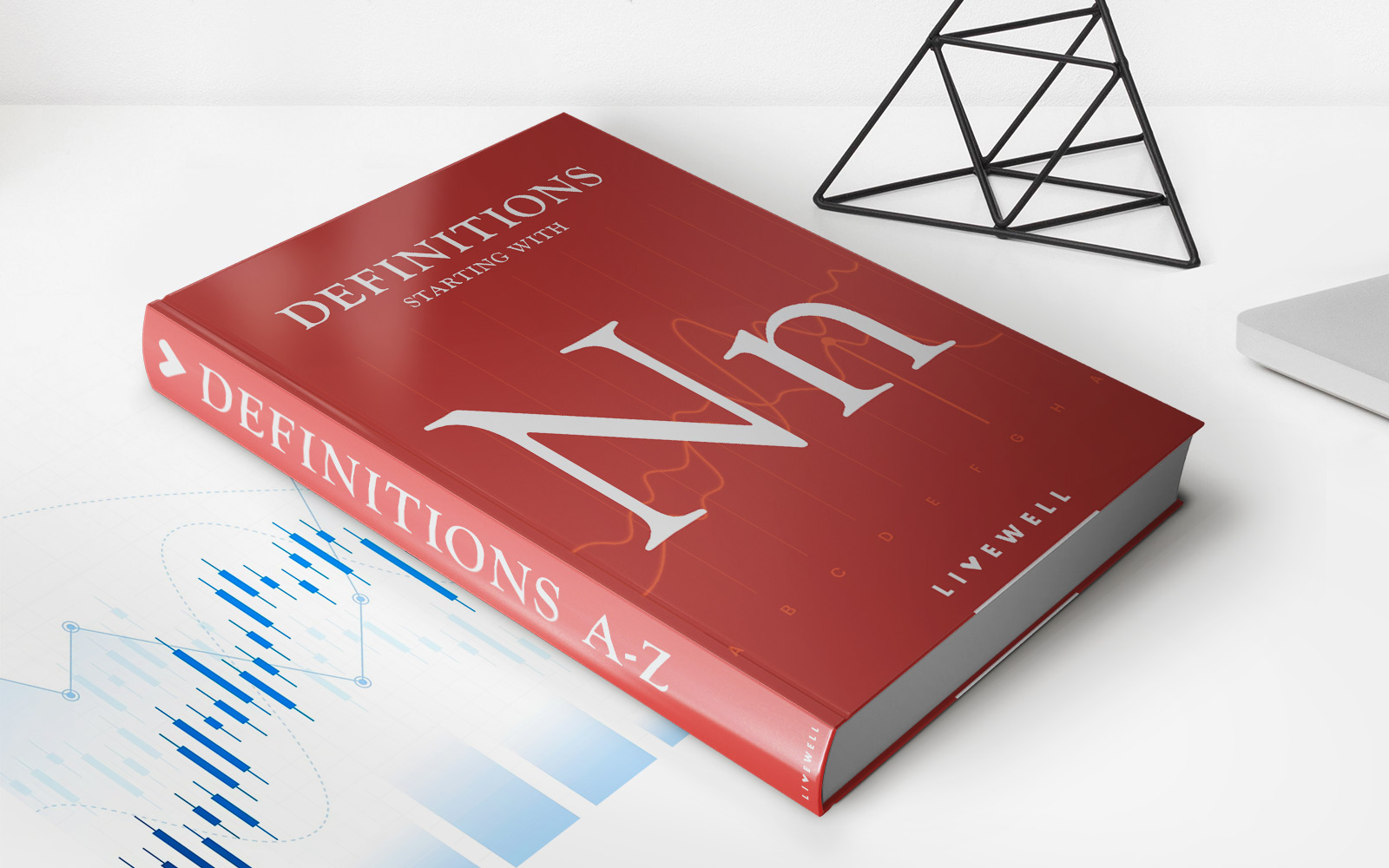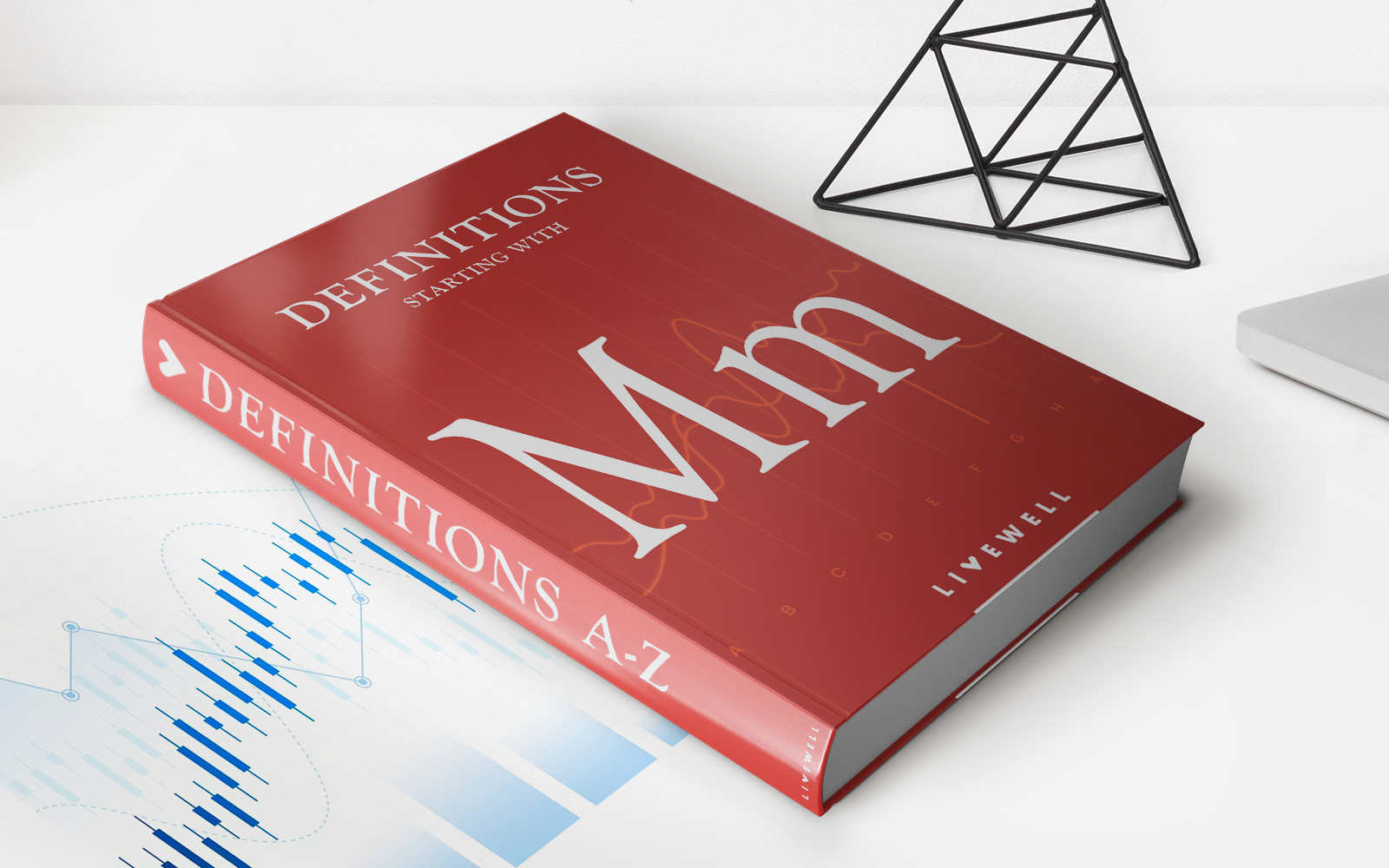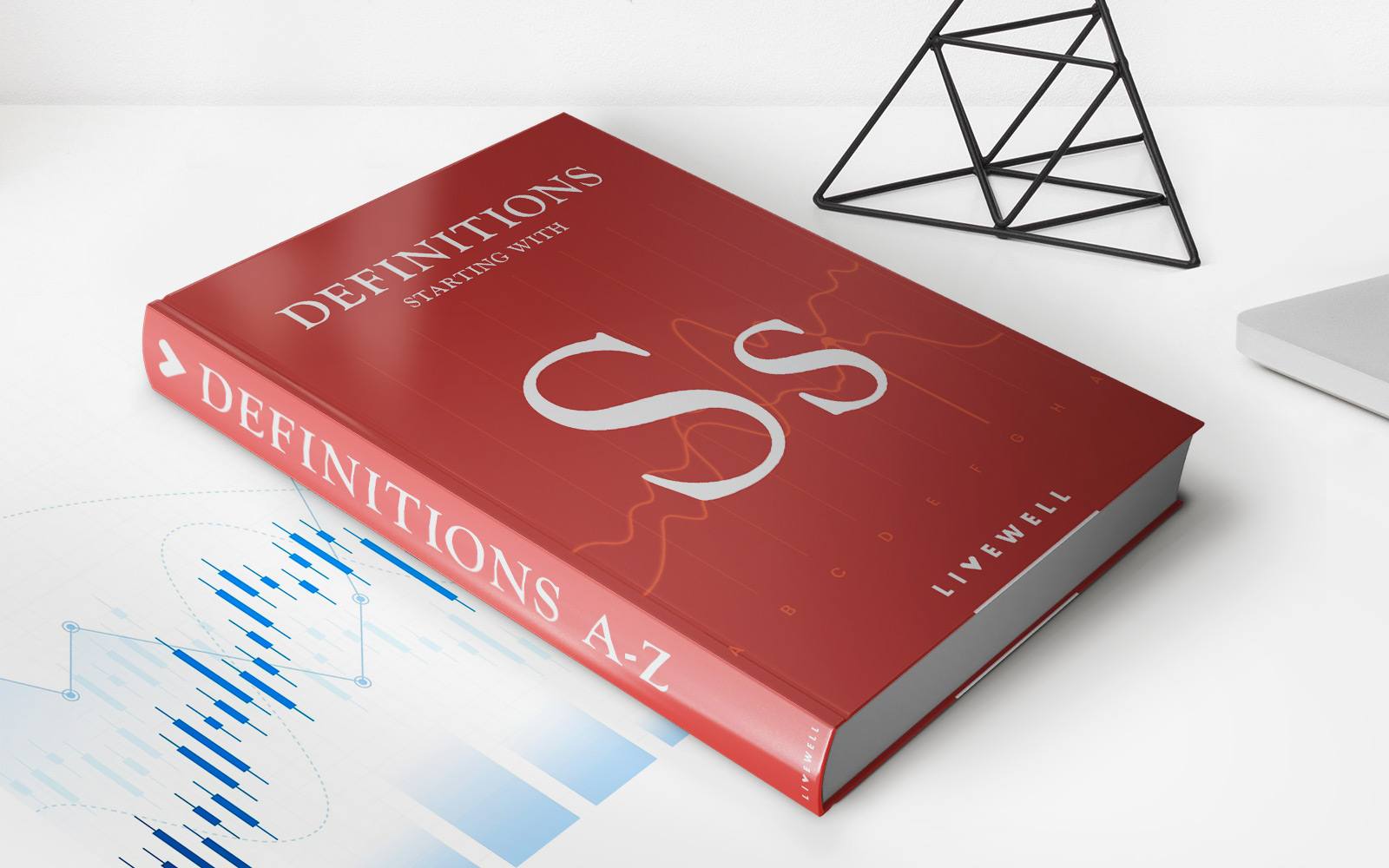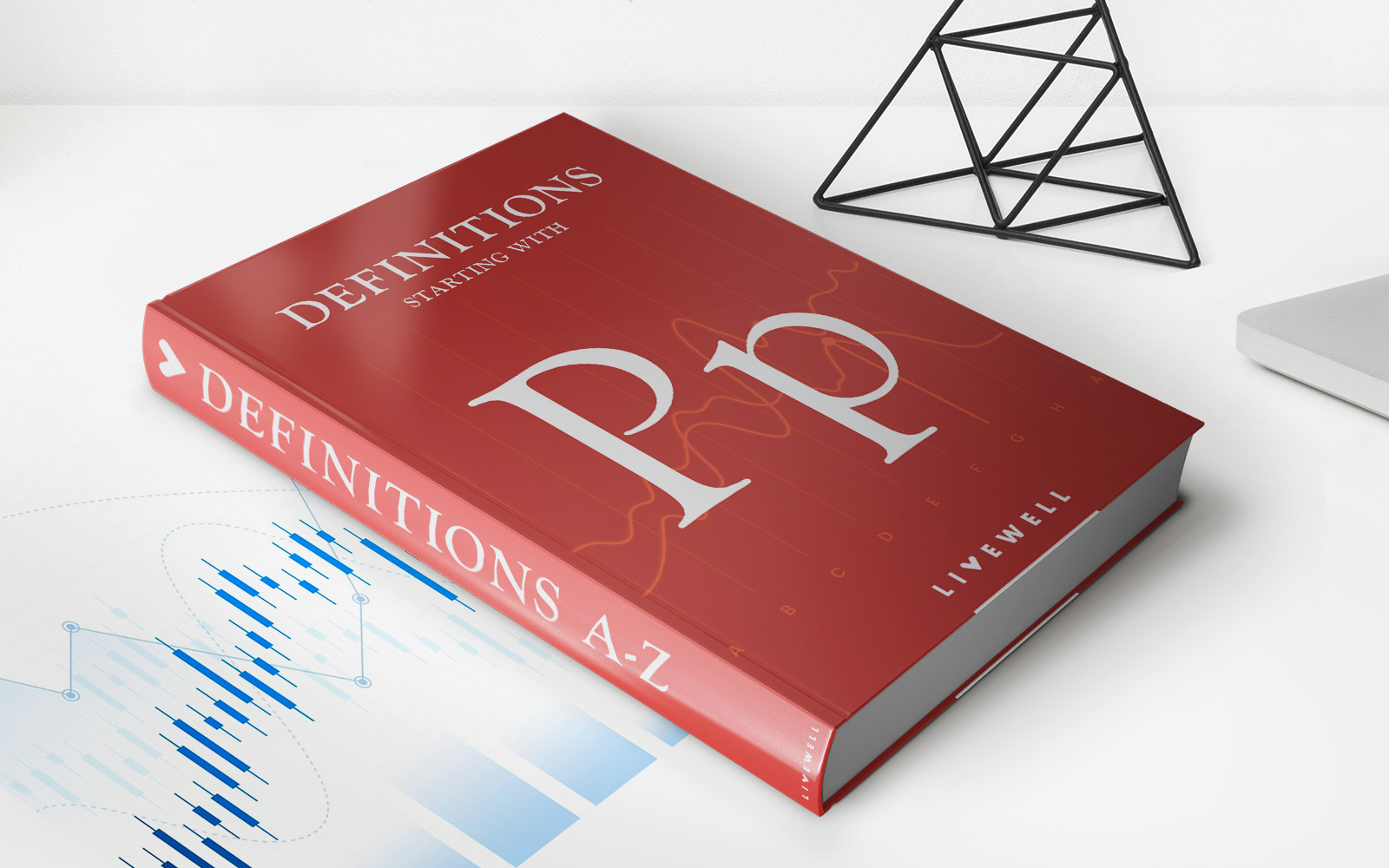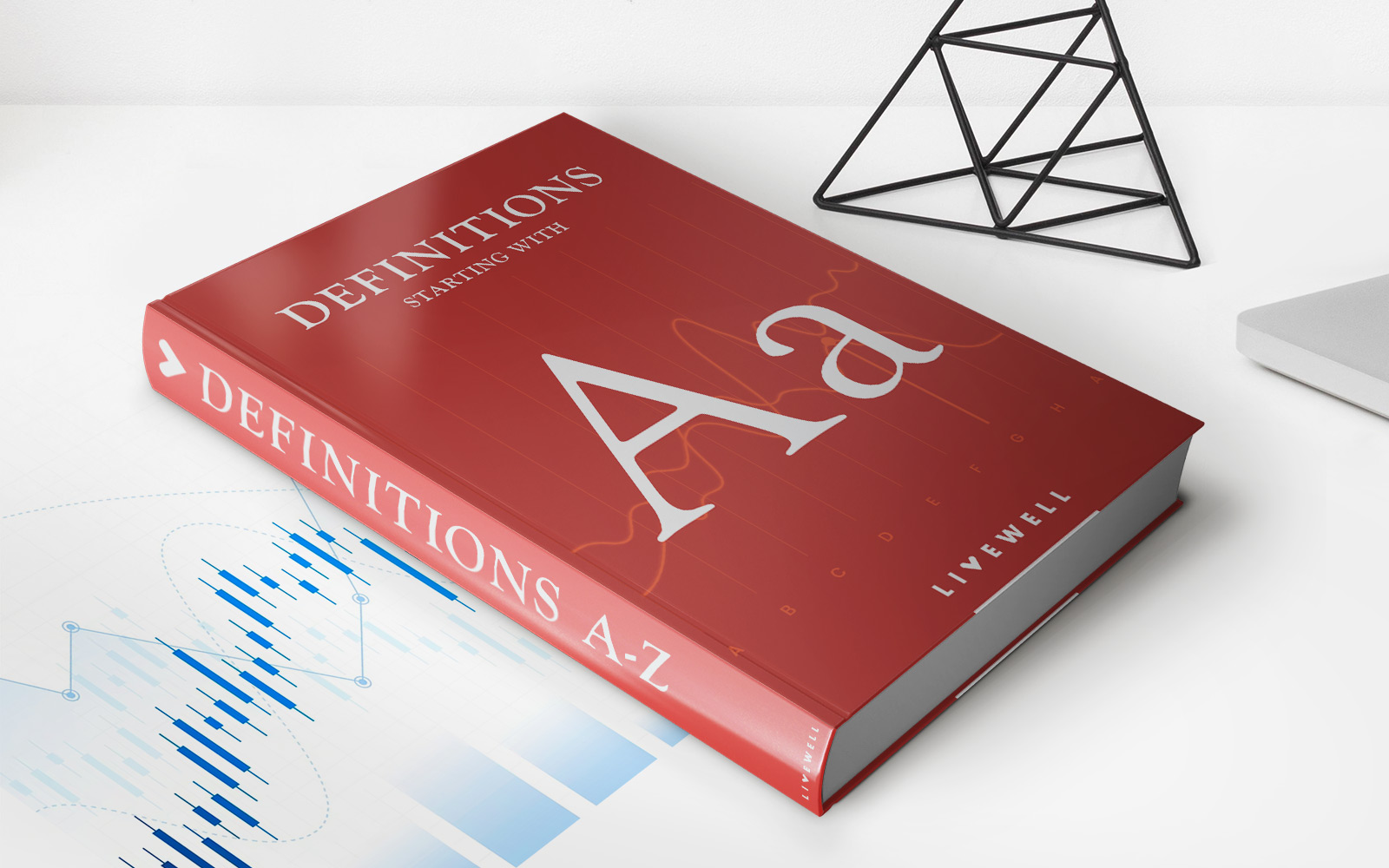

Finance
Average Rate Option (ARO) Definition
Published: October 11, 2023
Find out the meaning of Average Rate Option (ARO) in finance and how it can impact your financial decisions. Explore more about finance terms and concepts with our comprehensive guide.
(Many of the links in this article redirect to a specific reviewed product. Your purchase of these products through affiliate links helps to generate commission for LiveWell, at no extra cost. Learn more)
Average Rate Option (ARO) Definition: Understanding the Basics of this Finance Term
When it comes to navigating the world of finance, there are countless terms and concepts to familiarize yourself with. If you’re looking to expand your knowledge on financial instruments, you’ve come to the right place. In this blog post, we’ll be diving into one specific category on our page called “FINANCE” and exploring the definition of the Average Rate Option (ARO). By the end of this read, you’ll have a clear understanding of what an ARO is and how it can be applied in practice.
Key Takeaways:
- An Average Rate Option (ARO) is a financial instrument that provides the option holder with the ability to calculate the average rate of a specified underlying asset over a predetermined period of time.
- AROs are commonly used in risk management strategies by investors and traders to hedge against fluctuations in interest rates or other economic variables.
So, what exactly is an Average Rate Option? An ARO can be defined as a financial derivative contract that allows the option holder to determine the average rate of a specific underlying asset over a predetermined period of time. This option enables investors and traders to protect themselves against unexpected fluctuations in interest rates or other economic variables.
Here are a few key points to better understand the Average Rate Option:
- Libor: The London Interbank Offered Rate (LIBOR) is often used as the reference interest rate for AROs.
- Payout: The payout of an ARO is based on the difference between the predetermined strike rate and the calculated average rate.
- Call and Put Options: AROs can be either call or put options, depending on the desired exposure to fluctuations in interest rates or other variables.
Why are Average Rate Options important? These financial instruments are primarily used as a risk management tool. They allow investors and traders to mitigate the potential negative impact of fluctuating interest rates or other economic factors on their financial portfolios. By locking in an average rate, individuals can protect themselves from unexpected market volatility or significant changes in underlying asset prices.
In summary, the Average Rate Option is a powerful tool that provides investors and traders with the ability to manage risk and protect themselves against market volatility. By understanding the basics of AROs, you can make more informed decisions when it comes to your financial strategies and goals.

